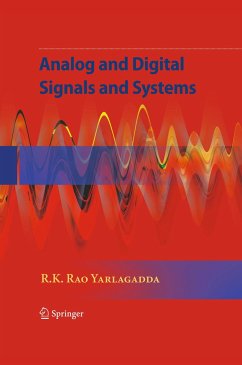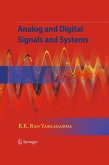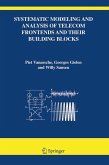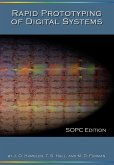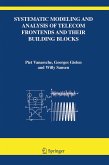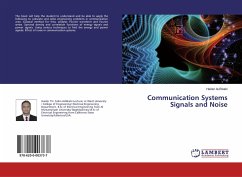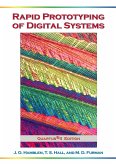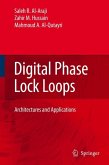This book presents a systematic, comprehensive treatment of analog and discrete signal analysis and synthesis and an introduction to analog communication theory. This evolved from my 40 years of teaching at Oklahoma State University (OSU). It is based on three courses, Signal Analysis (a second semester junior level course), Active Filters (a first semester senior level course), and Digital signal processing (a second semester senior level course). I have taught these courses a number of times using this material along with existing texts. The references for the books and journals (over 160 references) are listed in the bibliography section. At the undergraduate level, most signal analysis courses do not require probability theory. Only, a very small portion of this topic is included here. I emphasized the basics in the book with simple mathematics and the soph- tication is minimal. Theorem-proof type of material is not emphasized. The book uses the following model: 1. Learn basics 2.Check the work using bench marks 3. Use software to see if the results are accurate The book provides detailed examples (over 400) with applications. A thr- number system is used consisting of chapter number - section number - example or problem number, thus allowing the student to quickly identify the related material in the appropriate section of the book. The book includes well over 400 homework problems. Problem numbers are identified using the above three-number system.
From the reviews:
"This textbook presents the classical mathematical methods in signal processing. The theory is explained by numerous examples and figures. This book written for students in electrical engineering consists of 10 chapters and 3 appendices ... . Each chapter closes with a short summary and numerous exercises." (Manfred Tasche, Zentralblatt MATH, Vol. 1200, 2011)
"This textbook presents the classical mathematical methods in signal processing. The theory is explained by numerous examples and figures. This book written for students in electrical engineering consists of 10 chapters and 3 appendices ... . Each chapter closes with a short summary and numerous exercises." (Manfred Tasche, Zentralblatt MATH, Vol. 1200, 2011)

